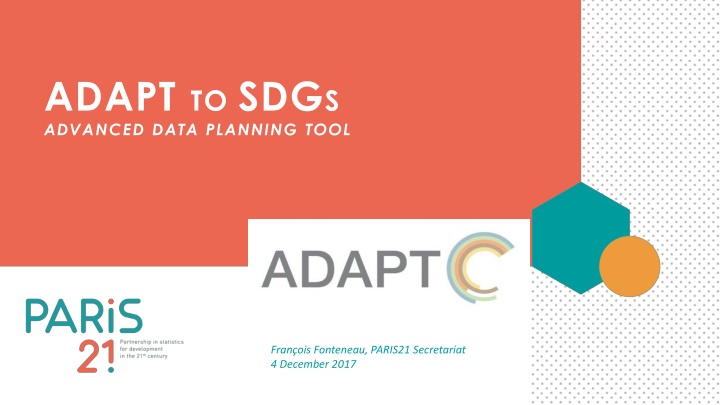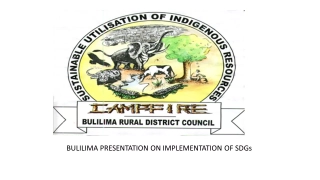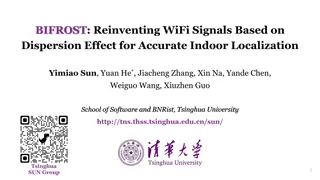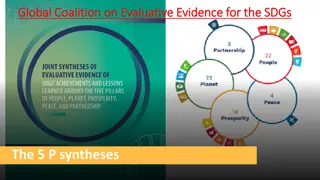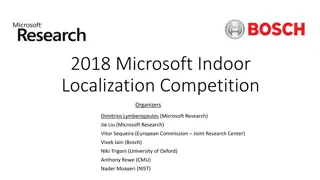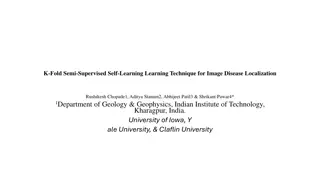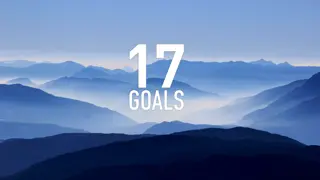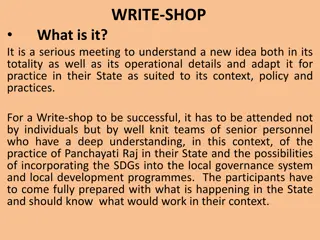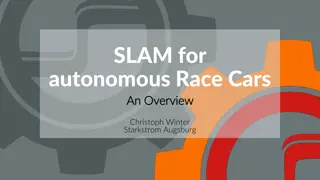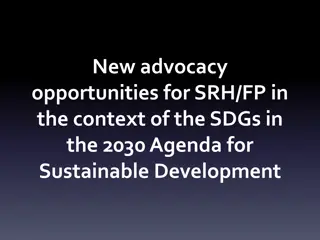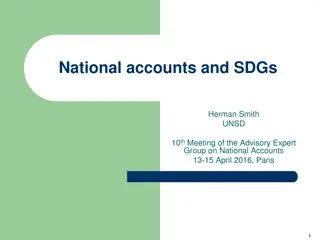ADAPT to SDGs: Advanced Data Planning Tool for Better Localization and Planning
Explore the importance of data mapping for SDGs, utilizing the ADAPT tool to enhance localization and improve data planning. This tool assists in responding to global calls, assessing statistical capacity, and enhancing data system efficiency. Learn how ADAPT aids in identifying gaps, mapping data demands, promoting data reuse, and improving statistical capacity. Enhance coordination and planning for sustainable development goals through effective data management.
Download Presentation

Please find below an Image/Link to download the presentation.
The content on the website is provided AS IS for your information and personal use only. It may not be sold, licensed, or shared on other websites without obtaining consent from the author.If you encounter any issues during the download, it is possible that the publisher has removed the file from their server.
You are allowed to download the files provided on this website for personal or commercial use, subject to the condition that they are used lawfully. All files are the property of their respective owners.
The content on the website is provided AS IS for your information and personal use only. It may not be sold, licensed, or shared on other websites without obtaining consent from the author.
E N D
Presentation Transcript
ADAPT TO SDGS ADVANCED DATA PLANNING TOOL Fran ois Fonteneau, PARIS21 Secretariat 4 December 2017
2 Content 1. Data mapping and SDGs: why it matters? 2. ADAPT for SDG localization 3. ADAPT for better SDG data planning 4. Next steps
1 DATA MAPPING AND SDGS : WHY IT MATTERS ?
4 Respond to the (many) global calls
5 Statistical capacity and funding still low
6 Improve efficiency of data systems Questions from NSO What are these new indicators which we need to produce, exactly? Does anyone produce them already in our country, somehow? How good is our work plan / NSDS ? Who should do what? Who will pay? Questions from Data planners Can t they reuse existing data? Can t someone else pay the bill? Is this really important to measure?
2 ADAPT FOR SDGS LOCALIZATION
8 Localization of SDGs HOW ADAPT HELPS Assess and visualize data gaps between supply and demand Assess and visualize mapping between data demands: maps sectors and subnational policies Promote the re-use of existing data Identify statistical capacity issues Check the validity of the plans to improve stat capacity, and help improve, and cost => Enables coordination and iterative planning
9 Localization of SDGs How many SDGs indicators are applicable (and relevant) to my country? How many indicators are reflected in my National Policies indicators? How many indicators are available today? For which sectors? Who produce them? Who is supposed to do it? What is the availability prospect / feasibility for the close future? Check future plans for data sources Check current status of funding / capacity availability Which are the indicators requiring development? ! SDG localization critical to increase chances of national funding
10 ADAPT eases the burden of planning for reporting Iterative & Incremental Planning Countries are at the center of the process. Consultative tool: allows sharing and updating of information across stakeholders. Uses multiple relational databases. This is vital for iterative and incremental planning Iterative over time and level of expertise Incremental: division of labour (data supply/costing/QC) ADAPT maintains global and regional searchable indicator libraries
3 ADAPT FOR BETTER SDG DATA PLANNING
12 Planning for SDGs reporting: logical steps STEP 1: Check SDGs data gaps as of today Applicable Available = Requires Development STEP 2: Check capacity gaps behind data gaps (GSBPM + CD4.0) STEP 3: Check likelihood of data gaps for the future STEP 4: Prioritize, propose scenarios and cost STEP 5: Advocate, fund, implement, M&E NSDS guidelines : http://nsdsguidelines.paris21.org/node/236
13 ADAPT supports the e-NSDS platform Dynamic plans that are mapped: global (CTGAP, national, subnational, sectoral, etc) Dynamic plans that are regularly monitored and reviewed. e-NSDS ADAPT allows the NSO to move from a static NSDS process to a dynamic e-NSDS Define activities in strategy Assign to responsible implementer Input cost of activities Assign to GAMSO or GSBPM Monitor performance indicators
14 ADAPT helps put things together
4 NEXT STEPS
16 Areas requiring (joint) development Populate content and keep it up-to-date New functionalities: Import from data inventories Assess admin data quality Costing Budgeting Scenario planning and optimization
17 Working together to respond to TA needs Enormous country demand Approx. 15 NSOs worldwide use it Endorsed by UNSD as an SDG readiness tool UNDP in SDG localization Other partners : GPSDD, MCC, UN ESCAP, UN SIAP, WB TA plans for 2018
18 Thank you www.paris21.org Francois.Fonteneau@oecd.org
